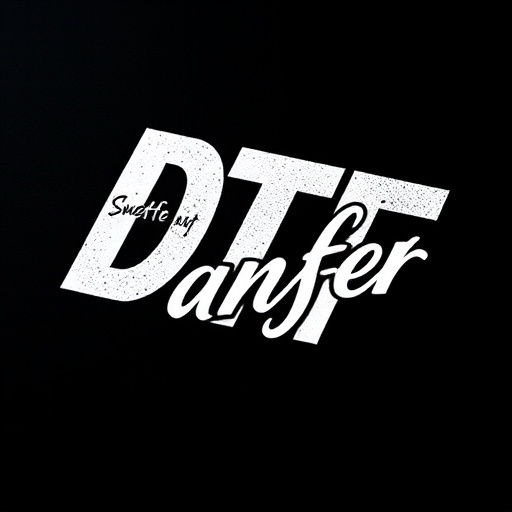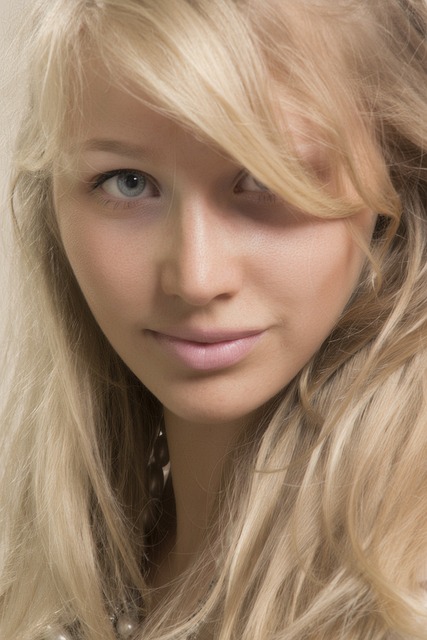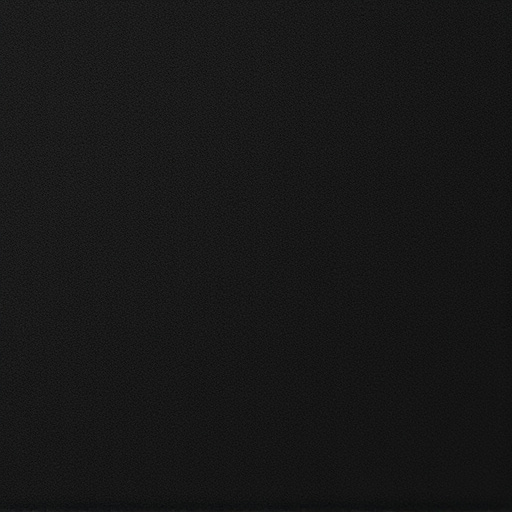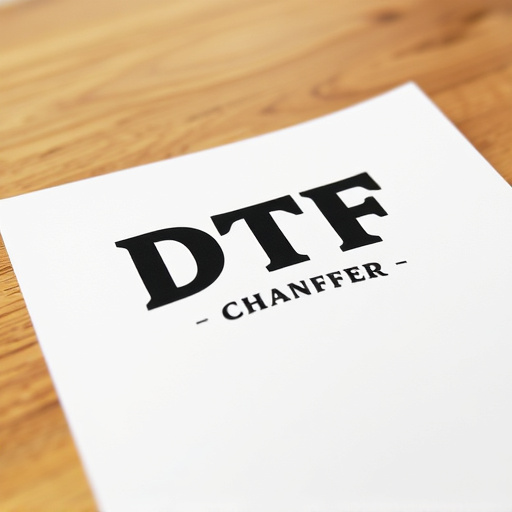Direct-to-Film (DTF) transfers have revolutionized graphic application, offering precise and efficient high-quality printing. To achieve optimal results, proper film preparation is key, involving defect-free inspection and correct orientation. Heat settings are crucial for DTF success, varying by material and design complexity; test prints help fine-tune these settings. Precise temperature control prevents issues like blurred prints or incomplete fusing. After heat application, a cooling period ensures adhesion without damage. Peeling back a corner checks transfer integrity before proceeding, ensuring durable DTF prints.
“Mastering the art of direct-to-film (DTF) transfers can elevate your printing game significantly. This guide is designed to navigate you through the intricacies of DTF printing, focusing on a crucial aspect: optimizing heat settings. From understanding the fundamentals of DTF transfers and preparing your film to troubleshooting common issues, we’ll equip you with the knowledge to achieve flawless DTF prints. Discover the secrets to successful application, ensuring vibrant, long-lasting results.”
- Understanding Direct-to-Film (DTF) Transfers: A Brief Overview
- Preparing Your Film for DTF Transfer: Pre-Print Considerations
- Optimizing Heat Settings: The Key to Successful DTF Prints
- Step-by-Step Guide: Applying the Right Heat for Different Materials
- Troubleshooting Common Heat-Related Issues in DTF Printing
- Best Practices for Post-Heat Processing and Curing Your DTF Transfers
Understanding Direct-to-Film (DTF) Transfers: A Brief Overview

Direct-to-Film (DTF) Transfers have revolutionized the way we apply graphics and art to various surfaces, offering a precise and efficient method for achieving high-quality prints. This innovative process involves transferring ink or paint directly onto a film, which is then applied to the desired substrate, eliminating the need for traditional printing methods like screens or plates. DTF Printing has gained immense popularity among professionals and enthusiasts alike due to its versatility and ability to produce sharp, detailed DTF prints.
The beauty of DTF Transfers lies in their precision and adaptability. They are ideal for a wide range of applications, from personalizing automotive exteriors and creating custom signage to enhancing architectural features and even adorning clothing. This technology ensures that every detail is reproduced accurately, making it a preferred choice for those seeking exceptional visual impact. Understanding the intricacies of DTF Printing is key to mastering the art of applying these transfers effectively, ensuring optimal results in various projects.
Preparing Your Film for DTF Transfer: Pre-Print Considerations

Before applying a direct-to-film (DTF) transfer, preparing your film properly is paramount to achieving high-quality DTF prints. This involves several pre-print considerations that ensure optimal results. First, inspect your film for any defects or damage, such as scratches or stains, which could affect the final print’s clarity and sharpness. Cleaning the film using appropriate methods and protective equipment is essential to remove any contaminants that might interfere with the transfer process.
Additionally, ensuring proper film orientation and alignment is crucial. Aligning the film correctly according to the manufacturer’s guidelines guarantees that the design is transferred accurately onto the receiving material. Consider factors like frame rate and aspect ratio, especially when working with older films or unique formats. These pre-print steps are vital to setting the stage for a successful DTF transfer, ensuring that your final prints look as intended.
Optimizing Heat Settings: The Key to Successful DTF Prints

Optimizing heat settings is a crucial step in achieving high-quality DTF (Direct-to-Film) transfers and prints. The key lies in understanding that each material and design combination may require unique temperature and pressure adjustments. Factors such as the type of film, ink used, and the complexity of the design influence the ideal heat setting. Therefore, it’s essential to consult the manufacturer’s guidelines and conduct test prints before finalizing the settings.
By starting with the recommended temperatures and gradually adjusting them based on visual feedback, you can fine-tune your heat settings for optimal DTF printing results. Too much heat can cause the ink to smear or the film to warp, while not enough heat may result in inadequate adhesion or a blurry print. Balancing these variables ensures that your DTF transfers are crisp, vibrant, and accurately represent the original design, leading to satisfied customers.
Step-by-Step Guide: Applying the Right Heat for Different Materials

Applying the correct heat is a crucial step in achieving high-quality DTF (Direct-to-Film) transfers and prints. The heating process must be tailored to the specific material being used, as different materials have unique properties that affect adhesion and long-term durability. Here’s a step-by-step guide:
1. Identify Your Material: Start by understanding the characteristics of your DTF transfer or print medium. Is it a vinyl, paper, or fabric? Each material has an optimal heat range for application. For instance, vinyl transfers often require higher temperatures to ensure a strong bond with various surfaces, while papers and fabrics might need lower settings to avoid damage.
2. Adjust Heat Settings: Based on your material choice, calibrate your heat press machine accordingly. Vinyl transfers, for example, may require a temperature between 300-350°F (149-177°C) for optimal adhesion. Papers could range from 275-300°F (135-149°C), and heat-sensitive fabrics might only need 225-250°F (107-121°C). Precise temperature control ensures the DTF transfer or print adheres well without damaging the material.
Troubleshooting Common Heat-Related Issues in DTF Printing

When applying direct-to-film (DTF) transfers, heat management is crucial for achieving crisp, high-quality prints. Common heat-related issues can arise due to improper temperature settings or uneven heat distribution. If your DTF prints are coming out blurred or have areas of incomplete fusing, it might be time to check your heat settings and equipment maintenance.
Regular cleaning of the heat press plate and ensuring optimal plate temperature are essential preventive measures. Overheating can cause the film to melt or become distorted, leading to defective transfers. Conversely, insufficient heat can result in poor adhesion and a lackluster print quality. Calibrating your heat press regularly and using heat-resistant films designed for DTF printing can significantly reduce such problems.
Best Practices for Post-Heat Processing and Curing Your DTF Transfers

After applying direct-to-film (DTF) transfers, proper post-heat processing and curing are crucial for achieving optimal results in DTF printing. Allow the film to cool down gradually before handling it to prevent any potential damage or warping. This cooling period ensures that the transfer has set correctly onto the substrate.
Once cooled, gently peel back a small corner of the film to check if the DTF transfer is securely attached. If it’s not fully adhered, allow more heat time and then re-inspect before proceeding. For best practices, let the printed item rest for at least 24 hours after curing. This resting period allows any remaining moisture to evaporate, ensuring long-lasting durability of your DTF prints.














